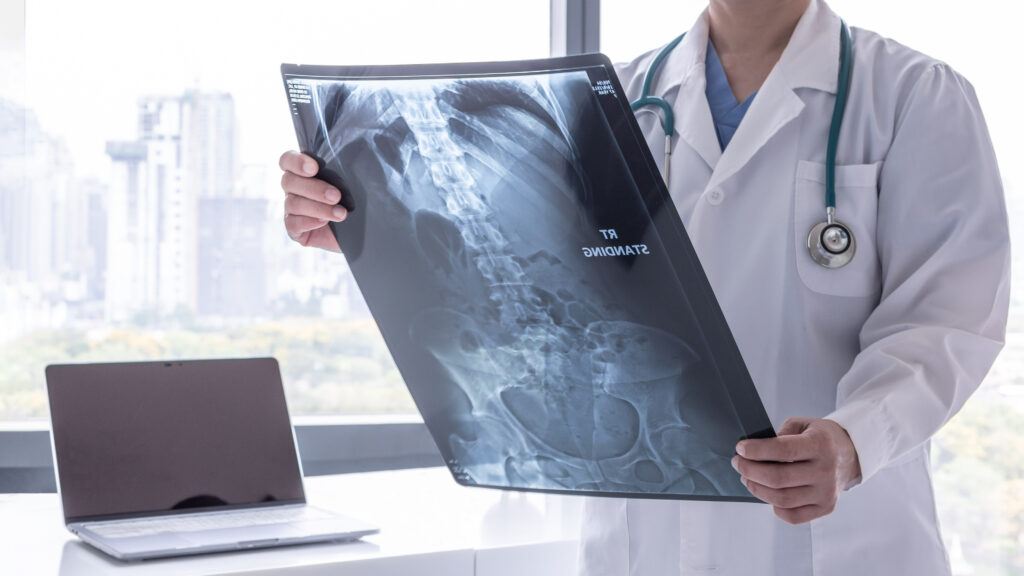
Abdominal Radiologists
Problem:
MRCP has been used for non-invasive evaluation of the pancreas for several decades, providing excellent visualization of the pancreatic and biliary ductal systems. However, despite being the most accurate tool for pancreas imaging, the limiting nature of static imaging affects the providers’ assessment of pancreatic response to stimulation and real-time pancreatic function.
Solution
SMRCP allows physicians to assess the endocrine function of the pancreas in real time. It is a valuable tool for imaging the pancreas.
Due to the dynamic nature of S-MRCP imaging, the visualization of the pancreas is transformed from a static image (MRCP) to high temporal resolution images, which in turn is useful for getting a complete picture of the pancreatic response in physiologic condition and obtaining functional information.



